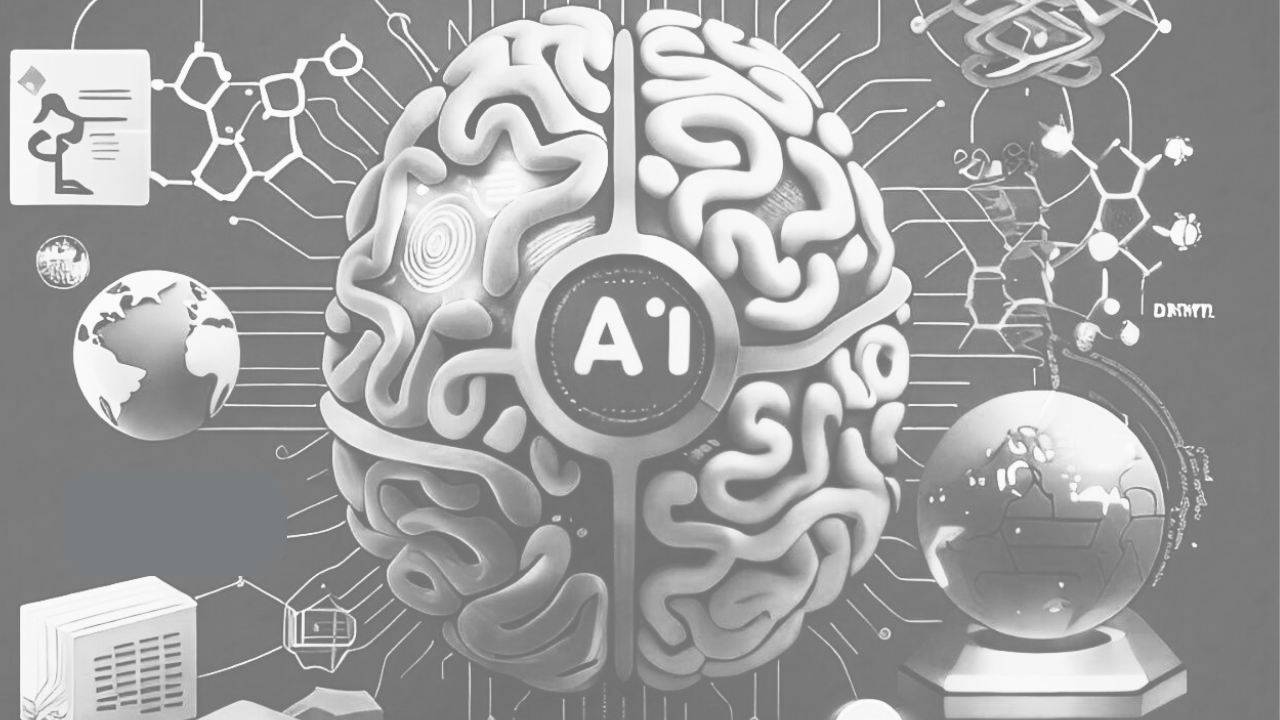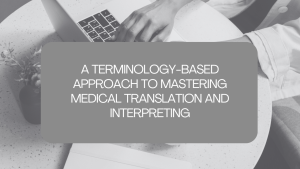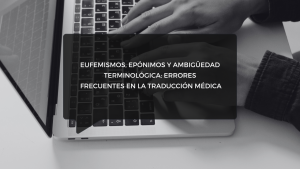In today’s globalized world, the demand for accurate and effective translation services is ever-increasing, especially in critical sectors such as healthcare, among many others. To ensure that all patients receive information in their native languages, many healthcare institutions are considering leveraging advancements in AI to offer translations in several target languages, with Spanish among them. This new task generally consists of the evaluation of translation outputs from three sources: Chat GPT, a Human Translator, and a Machine Translation (MT) engine, such as Google Translate.
The primary goal of this evaluation is to assess the quality of translations provided by Chat GPT, Human Translators, and Google Translate to determine the most suitable method for translating patient information to ensure clarity, accuracy, and overall effectiveness.
In general, translations are to be evaluated based on the following parameters, rated on a number-based scale:
– Adequacy: Does the translation preserve the original information?
– Fluency: Is the translation grammatically accurate?
– Meaning: Is the original intention and connotation maintained?
– Severity: Are there significant errors that could lead to misunderstandings?
– Overall Quality: How good was the translation for each provider?
Based on my experience so far, it is evident that while AI and machine translation tools like Chat GPT and Google Translate are improving, they still fall short of the accuracy and contextual understanding provided by human translators. For a healthcare institution, where precision and clarity are paramount, relying on professional human translators is recommended for the highest quality and safest patient communication.
Although there is no one-size-fits-all process, my usual recommendations are to use Human Translators for critical content, leverage AI for efficiency, and, as a key step for every production cycle, implement continuous evaluation.
These evaluation tasks underscore the vital role of professional specialized translators while showcasing the exciting potential of AI in enhancing translation processes. This is a fantastic example of how AI is not only opening up new doors for us as linguists but also significantly expanding the possibilities for localizing content into a multitude of languages. The future of translation is brighter than ever, with endless opportunities for growth and innovation!




